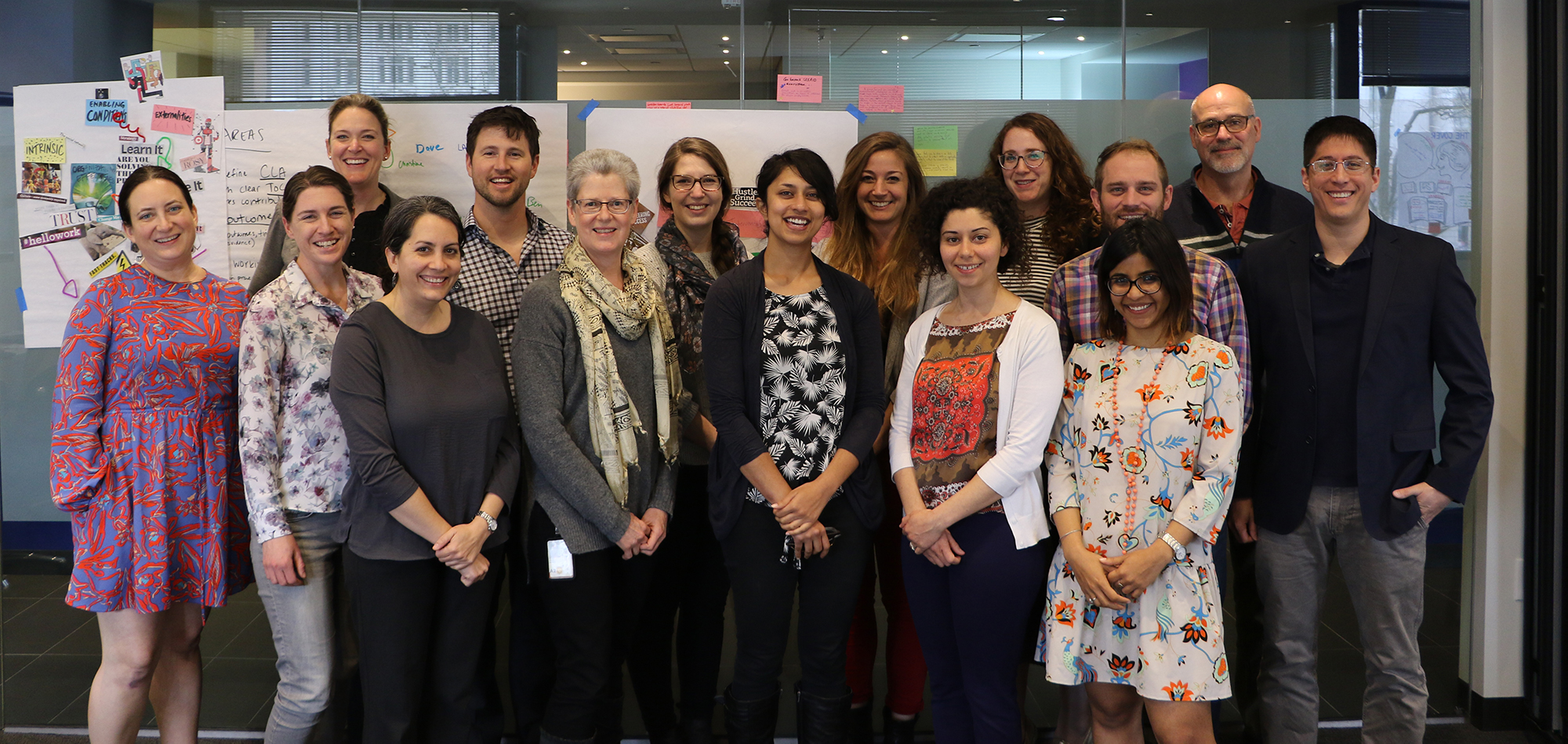Adaptive Archetypes—or, 50 Ways to CLA
Dave Algoso is a social change consultant working with Mercy Corps on the CLAIM network.
When I’m doing CLA and you’re doing CLA, does that mean we’re doing the same things? Not necessarily!
That was one takeaway from the recently concluded CLA Initiative for Measurement (CLAIM) learning network. A few of our general lessons are discussed here, but one lesson warrants a deeper dive: the many ways to do CLA.
The CLAIM network consisted of five research partners taking different approaches to answering the same question: does an intentional, systematic and resourced approach to collaborating, learning and adapting contribute to development outcomes? If so: how, under what conditions, and how do we know?
As we compared findings, we found they reflected dramatically different CLA practices, even across this small set of projects. Thinking also about the rest of our experiences and other case studies, it became clear that—to channel musician Paul Simon—there are 50 ways to CLA.

Pictured: CLAIM network members in April 2017.
However, knowing you can do CLA many different ways is little help to program leaders. Does it mean anything goes? They can find some guidance in USAID’s CLA Framework and similar tools like Mercy Corps’ “AdaptScan” framework, but many of these can feel like a laundry list: the six CLA components have a total of 16 subcomponents and three key concepts under each of those; AdaptScan has 13 factors organized under five themes. Each piece is important, but how can you tell which are most important to you and your program?
During the learning network’s final workshop, we started to talk about the ways different aspects of CLA might be clustered—not conceptually, but practically. Which CLA approaches actually show up together in the real world? We noticed that some programs learn and adapt based on rapid quantitative data, requiring different capacities than those that work more slowly and collaboratively with multiple community partners. Manmeet Mehta of Global Knowledge Initiative put the name to this clustering: archetypes.
We left that meeting with the thought that defining coherent archetypes might help development leaders envision what type of adaptive approach they should take in light of their context and development challenges. If they recognized their team and their program in one of the archetypes, it could help them better operationalize the CLA sub-components.
So in the interest of furthering the conversation, here’s a rough draft on a few archetypes:
Fine Tuner: Test, measure, iterate.
The Fine Tuner has a model—likely for product or service delivery—that they’re developing, scaling, or already operating at scale. Their adaptive approach is oriented toward improving that model. And for that, they love data: ICT-enabled and as "real-time” as they can get it. The data allows them to test changes to the model, measure outcomes, and respond to problems.
- Key capacities: M&E for learning, including data collection, management, and analysis; ICT4D; continuous learning and improvement; adaptive management.
Community Collaborator: Deliberate engagement and careful convening.
The Community Collaborator understands that change takes time. They build relationships with the key players, often in pursuit of systemic goals like peacebuilding or market development, and leverage their convening power to help others work together. Their data is more likely to be qualitative, providing insights into the interests and needs of their partners.
Key capacities: relationship building and networking; external collaboration; context sensing and analysis; scenario planning; application of theories of change.
Portfolio Investor: Hedge your bets.
The Portfolio Investor plays a resource allocation role, directing funding toward multiple partners tackling a problem. They acknowledge that the right approach isn’t clear, so they invest in several approaches, seeking to understand which are achieving outcomes and providing further resources accordingly.
Key capacities: discretionary funding; external collaboration; applying technical evidence; outcomes measurement and analysis.
Dynamic Responder: Sense, analyze, react.
The Dynamic Responder works in a volatile context, buffeted by shocks and stresses. Whether providing humanitarian relief or navigating political crises, they live on their toes, constantly ready to change directions or launch a new program as needs change. They use data to understand external changes as much as their own outputs.
- Key capacities: context sensing and analysis; scenario planning; flexible funding; flexible relationships and networks; flexible operations.
Bootstrapping Hustler*: Bridge the needs and the funding.
The Bootstrapping Hustler sees needs bigger than their funding streams, and they’ll bend over backwards to connect the two. They’re a small organization, maybe community-based or founder-led, with tight capacity and outsized goals. Their size and lack of institutional baggage make it easier to pivot, but they rarely have the bandwidth to pause and reflect.
- Key capacities: leadership; contextual understanding; flexible operations; relationships and networks; culture; decision-making.
Do any of these sound like programs you know? What’s missing from this set? There are surely more archetypes out there. There could even be a data-driven way to identify them: given that the CLA case competition entries are coded by subcomponent, you could see which components tend to cluster together. (This report on the 2015 cases does a bit of this analysis.)
With a better set of archetypes, we might be able to help programs identify the unique capacities they need to work more adaptively. They could better learn alongside other programs taking similar approaches, and build the evidence base for the value of CLA. Demystifying these practices would make them more accessible and ultimately impactful. Instead of one way to CLA, we could all find the way that works for us.
* This archetype was suggested by Manmeet Mehta of Global Knowledge Initiative. Many thanks to her and Monalisa Salib of USAID’s LEARN support contract, which is managed by Dexis Consulting Group, for helping develop the ideas for this post and for feedback on the first draft.



